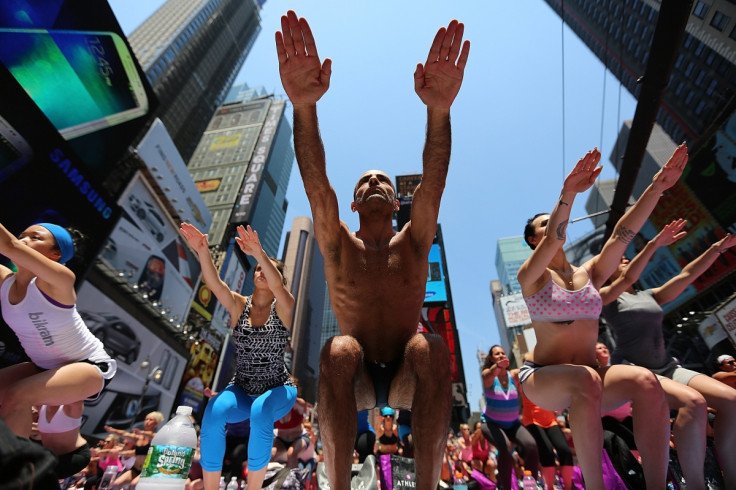Summer solstice 2016: Everything you need to know about the longest day of the year

Thousands of people gather at the prehistoric monument Stonehenge in Wiltshire to celebrate the annual summer solstice, the longest day of the year.
Ahead of the day, on Monday 20 June, here is everything you need to know about the astronomical phenomenon.
What is a solstice?
Solstice is a word derived from Latin terms to mean a stopping or standing still of the sun. It is an astronomical event that occurs twice a year, when the sun reaches its highest or lowest point in its path as seen from our planet, as Earth orbits the sun.
The summer solstice marks the midpoint of summer and it is the longest day of the year because it has the longest period of daylight.
The winter solstice, which occurs in December in the northern hemisphere, has the shortest period of sunlight in the year. It is the shortest day of the year.
What causes it?
The solstice happens twice annually due to the Earth's axis of rotation. The summer solstice occurs precisely when the Earth's axial tilt is most inclined toward the sun.
In June, the tilt is towards the sun in the northern hemisphere, while the second yearly solstice, the winter solstice in December, the tilt is away from the sun in the northern hemisphere.
In London, the sun will rise at 4.43am and set at 9.21pm on 20 June. In Salisbury, a short drive from Stonehenge, sunrise will occur at 4.52am and sunset at 9.26pm.

What happens on the summer solstice?
The June solstice is celebrated around the world, marking the midsummer in the northern hemisphere and midwinter in the southern hemisphere.
Stonehenge, one of the best-known neolithic monuments in Europe, has been a place of worship and celebration of the summer solstice for years. As many as 20,000 visited the monument in 2015.
Speaking to IBTimes UK, Dr Duane Hamacher, professor of cultural astrology at the University of New South Wales, said solstices were an important and integral component of many global cultures. "Many of the megalithic stone arrangements around the world marked the summer and winter solstices, which represent the longest and shortest days of the year, respectively.
"Examples around the world abound and each culture assigns a distinct meaning to this event. But it is clear that global cultures today and in the distant past were keen observers of the sky and marked the rising and setting positions of the sun during the solstices as very special and sacred events - typically to develop calendars."
This year, Stonehenge Campsite will host its summer solstice festival from 18 to 21 June for the eighth year in a row. English Heritage will be allowing access to the Stonehenge site itself on 20 and 21 June, but no alcohol is permitted.
© Copyright IBTimes 2024. All rights reserved.





